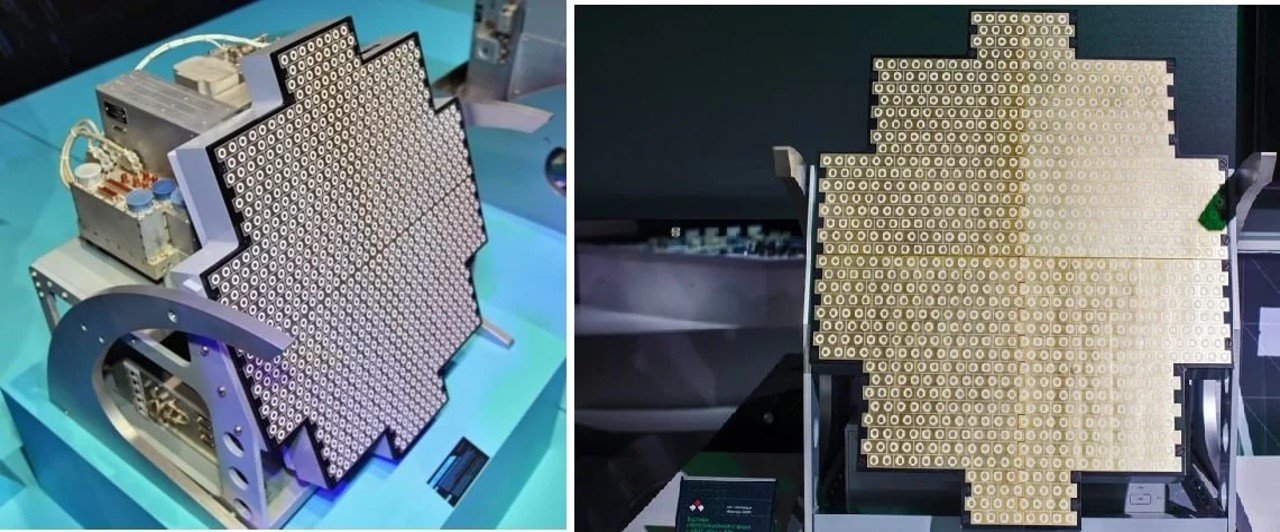With the Defence Research and Development Organization (DRDO) successfully creating the nation’s first in-house photonic radar system, India has reached a major technological milestone and is now the fourth country in the world—after the US, China, and Israel—to master this state-of-the-art stealth detection technology.
This development marks a paradigm leap in radar technology that has the potential to drastically change the dynamics of regional security and the balance of power in contemporary combat.
Photonic radars use light-based technologies, such as lasers and optical components, to generate, process, and analyze radio frequency signals, in contrast to conventional radar systems that rely on signals produced by electronic components. Through a process known as optical heterodyning, the device uses two laser beams with slightly different frequencies to generate and process signals that are significantly more powerful than those of traditional electronic systems.
A revolutionary development in detecting technology is India’s photonic radar system, created by the Electronics and Radar Development Establishment (LRDE) of DRDO in Bengaluru. The radar’s electrical modules operate at significantly lower frequencies of 40–80 MHz, simplifying system architecture and cutting costs, yet its outstanding 11 GHz bandwidth is centered at 34 GHz. With an imaging resolution of 1.3 cm and the capacity to detect objects as small as 3×4 cm, this technical setup allows for ultra-high resolution detection capabilities.
The greatest benefit of India’s photonic radar is its remarkable capacity to identify stealth aircraft, which are made especially to avoid detection by traditional radar systems. In order to reduce their radar cross-section (RCS) when confronted by conventional radio frequency radars, traditional stealth aircraft such as the Russian Su-57, Chinese J-20, F-35 Lightning II, and B-2 Spirit use radar-absorbent materials, specialized shaping, and other strategies to achieve their low observability.
In contrast to conventional aircraft, which have RCS values of 10-15 square meters, stealth aircraft usually lower their RCS to extremely low levels. For example, the F-35’s RCS is about 0.0015 square meters, whereas the Su-57’s RCS is between 0.1 and 0.5 square meters. A completely different approach is used by photonic radars, which use optical frequencies that are much more impervious to the stealth technologies that are optimized for conventional radar wavelengths.
The use of photonic integrated circuits (PICs), which allow for quick data processing with little energy loss and higher signal-to-noise ratios, is what gives the photonic radar the capacity to detect stealth targets. Because of this technology, the radar can detect low-observable targets that are frequently missed by conventional detection systems, like drones and stealth aircraft.
The remarkable resilience of photonic radar technology against electronic countermeasures and jamming attempts is one of its most important benefits. Conventional radar systems are susceptible to electronic warfare strategies in which jammers produce a lot of noise or false signals in order to trick radar operators. However, because photonic radars operate at optical frequencies, they show exceptional resistance to such strategies.
The system is almost immune to traditional jamming tactics due to its resilience to electromagnetic interference. High-frequency signals are not usually transmitted by jammers, and photonic radars can use frequency hopping techniques to continuously change their working frequencies, making adversary jamming efforts much more difficult. Furthermore, a lot of issues with conventional electrical systems that are vulnerable to electromagnetic interference are resolved by photonic solutions.
In comparison to traditional systems, the radar also shows better performance traits like cleaner signal creation, quicker data processing, and less heat signatures. In addition to improving operational sustainability, the minimal heat output lessens the thermal signature that can give enemy troops the position of the radar.
India’s strategic rivalry with China and Pakistan in South Asia and the larger Indo-Pacific area offers a larger backdrop for the development of photonic radar technology. The technology gives India more capabilities to keep an eye on and protect against cutting-edge military platforms that both of its neighbors are creating or acquiring.
As part of its swift military modernization, China has deployed sophisticated drone swarms and advanced stealth aircraft like the J-20 fighter, which threaten conventional air defense systems. China has attempted to gain certain advantages through expenditures in stealth technology, but India’s photonic radar capacity offers a technological response to these advancements.
Additionally, the radar system improves India’s capacity to identify and monitor Pakistani military capabilities, including both domestic and Chinese-supplied systems. With air defense systems playing vital roles in safeguarding vital infrastructure and military assets, recent military drills and battles in the area have highlighted the significance of sophisticated sensor capabilities in contemporary warfare.
India’s defense capabilities and regional geopolitical stance have undergone a sea change as a result of its successful development of photonic radar technology. An important technological accomplishment that places India among the world’s most advanced military technology developers is the system’s capacity to identify targets with ultra-high resolution, detect stealth aircraft, and withstand electronic jamming.
India’s increasing technological proficiency and dedication to attaining self-reliance in vital defense technologies are demonstrated by the system’s successful development. In addition to being a defensive capability, the system will represent India’s rise as a significant technological force that can create and deploy the most cutting-edge military systems of the contemporary era as it goes through testing and eventual deployment.


